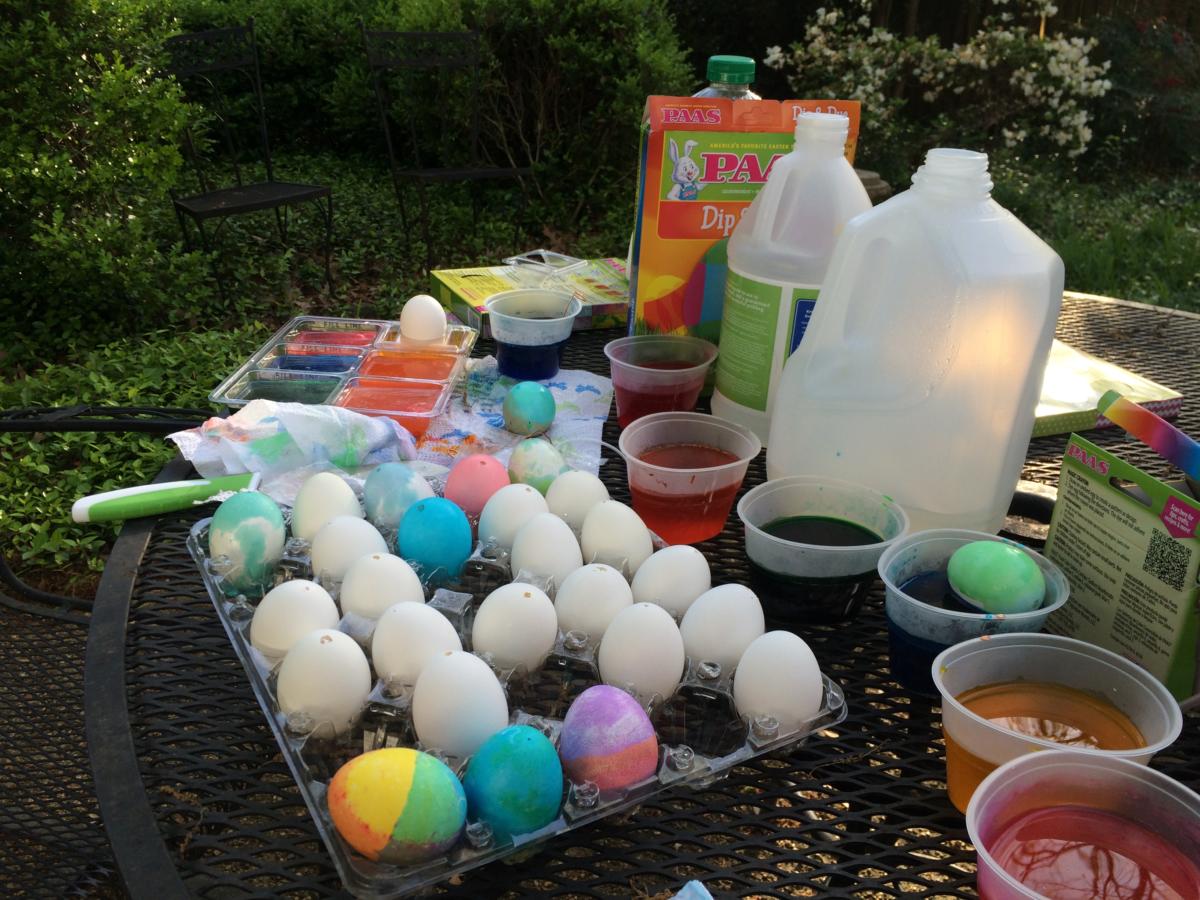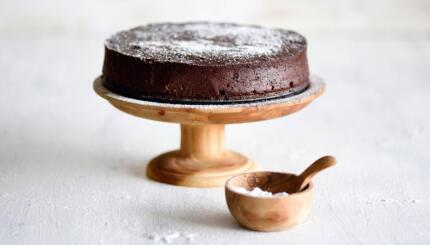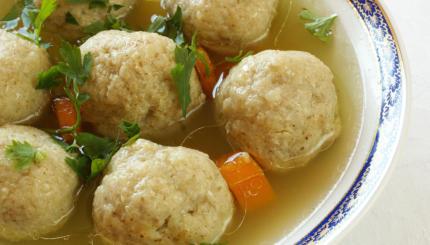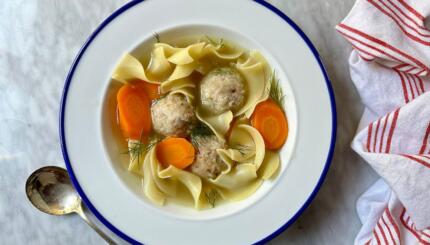Step 1. Wrap your head around the idea of dyeing eggs.
Maybe you need to think about how eggs are a sign of spring in many cultures and faith traditions, or maybe you need to remember the egg on the Seder plate, or maybe you’re always down for a fun new craft. Maybe, like me, you were raised in an interfaith family and so dyeing Easter eggs on Passover seems like a completely normal thing to do. Or maybe, given this post’s timing, you can justify that if you wait until after Easter obviously this is just a cool art project that has nothing to do with Easter.
Step 2. Plan your recipes for the week.
Keeping kosher for Passover requires some effort, so planning ahead is crucial. If you, like me, have begrudgingly jumped on the year-round meal prep train, the Venn diagram of Passover eating skills and standard making-every-lunch-for-the-week-on-Sunday-afternoon skills looks pretty much like a circle. This Passover, I made my mom’s haroset and mocha chocolate fudge cake, my aunt’s vegetable kugel, matzah ball soup, toffee chocolate matzah, and spaghetti squash with quinoa “meat”balls, a recipe I proudly invented. The cake, kugel, matzah balls, and “meat”balls all required eggs. Nineteen, to be exact. I got a bunch of containers and Scotch tape and wrote a number on each lid corresponding to the number of eggs inside. My roommates got in on the egg-reserving action as well; we currently have a fridge absolutely overflowing with containers full of eggs.
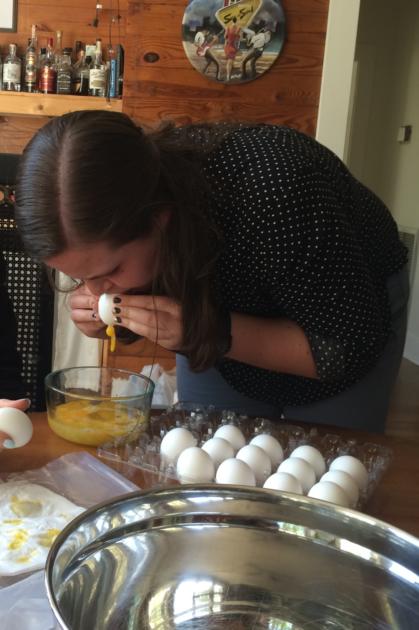 Step 3. Blow.
Step 3. Blow.
The best way to prep your eggs for dyeing is to take a needle, safety pin, or metal skewer, and poke a small hole on one end of the egg and a large hole on the other end. Put your mouth on the small end and pretend you’re playing the world’s most aggravating trumpet. It’s disgusting and deeply satisfying (see embarrassing photo evidence).
Step 4. Dye.
There are a thousand ways to do this – buy all the Paas kits your heart desires, or go old school with food coloring and vinegar. I recommend drawing or writing on an egg with a white crayon, then dip-dyeing; the wax leaves negative space on the egg. Try marbling using shaving cream and food coloring, paint eggs with acrylics, or do a collage! While you’re at it, do a dramatic reading of Patricia Polacco’s Rechenka’s Eggs.
Step 5. Cook!
Save all those gorgeous yolks and whites discarded from the emptied eggs! You have essentially saved yourself a step in the recipes you planned earlier – either the fancy ones that I made for seder, or some make-ahead omelets, frittatas, stir-fries, etc.
Spring holidays in all their forms are beautiful and worthy of recognition; and while appropriating religious traditions can get dicey, something like egg dyeing (which goes back to pagan egg/fertility stuff, after all) is pretty innocuous. So why not get in on even more seasonal fun? It could be fun to ask a friend who does celebrate Easter to share their favorite egg-dyeing techniques and dye ’em together, as a way you can share in their celebrations and both enjoy the experience. You can ask them to experiment with a Passover-friendly recipe! You can just keep spreading the spring seasonal celebratory sharing. Maybe next year you’ll join in a Holi celebration, too!
At the end of the day, we’re all celebrating rebirth and renewal, eating traditional foods, and spending time with friends and family.
Plus, those eggs are really pretty.
